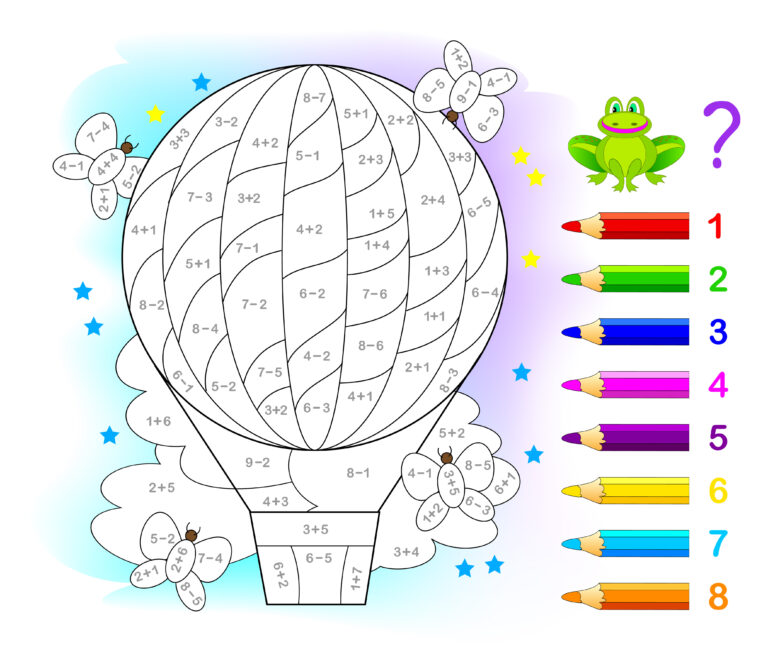Eating shrimp sushi does not equal the radiation exposure from a chest X-ray. These two are fundamentally different in nature and magnitude of radiation exposure, and it is important to understand why.
A chest X-ray is a medical imaging procedure that uses a controlled dose of ionizing radiation to create images of the chest area, including the lungs and heart. The radiation dose from a single chest X-ray is relatively low but measurable and is delivered in a very short burst during the imaging process. This type of radiation is artificial and designed to penetrate the body to produce diagnostic images. The amount of radiation from one chest X-ray is standardized and known to be small but not zero.
On the other hand, eating shrimp sushi involves consuming seafood that may contain trace amounts of naturally occurring or environmental radioactive materials. Some concerns have been raised about seafood, including shrimp, potentially containing radioactive contamination due to environmental factors such as nuclear accidents or pollution. For example, after the Fukushima nuclear disaster in Japan, there were reports of radioactive contamination in marine life in the surrounding waters. However, the levels of radiation in shrimp or other seafood consumed as sushi are typically extremely low and regulated to be within safe limits for human consumption.
The radiation exposure from eating shrimp sushi, even if it contains some radioactive isotopes, is vastly lower than the radiation dose from a chest X-ray. The body processes and eliminates small amounts of radioactive material ingested through food, and the dose received is spread out over time rather than delivered all at once. This means the biological impact is much less significant compared to the direct, concentrated exposure from an X-ray.
To put it simply, the radiation you get from a chest X-ray is a brief, controlled burst of ionizing radiation aimed at your chest, while any radiation from shrimp sushi is a very small, diffuse amount ingested through food, usually far below harmful levels. The comparison that eating shrimp sushi equals the radiation dose of a chest X-ray is misleading and scientifically inaccurate.
Additionally, environmental radiation exposure from sources like cosmic rays during air travel or background radiation in daily life is generally much higher than any radiation from eating seafood. While concerns about contamination are valid in specific contexts, such as areas affected by nuclear accidents, food safety regulations and monitoring help ensure that seafood on the market is safe to eat.
In summary, eating shrimp sushi does not expose you to radiation anywhere near the level of a chest X-ray. The two are not equivalent in terms of radiation dose or risk. The radiation from a chest X-ray is a controlled medical exposure, while any radiation from shrimp sushi is minimal, indirect, and generally safe within regulatory standards.





